Should Media Coverage of Criminal Cases be Restricted Before Jury Selection and Trial?
The Bill of Rights promises Americans a unique list of freedoms; two of these, outlined in the First and Sixth Amendments, clash in the face of the US judiciary. The First Amendment promises freedom of the press, among other rights, while the Sixth Amendment ensures citizens a fair trial and an impartial jury. Although these freedoms should not be mutually exclusive, their frequent overlap poses the complex question of whether or not media coverage of criminal cases before jury selection and trial should be restricted.
The 2012 Jerry Sandusky case illustrates the complicated and intertwined facets of criminal trials and press coverage. Sandusky was originally accused of 52 counts of child sexual abuse and was ultimately convicted of 45. As the former defensive coordinator for Penn State’s football team, he had ties to the beloved Joe Paterno, the head coach for over 46 seasons. Human attachment to fame and American football drew widespread attention to the case, eliciting ample media coverage, which often can be inaccurate and misleading.1 The craze around prominent criminal trials may incite slipshod journalism that misquotes and lacks accuracy, which easily and often influences potential jurors.2 A study from a DePaul University law publication writes that an inevitably biased jury inherently “encroaches upon and subverts the constitutional right to a fair trial.”3
Many factors in this particular case led to biased reporting. Paterno’s aforementioned acclaim and close association with Sandusky contributed to less harsh and accusatory news portrayal than expected, compared to the constitutionally stipulated standard of objectivity.4 However, an article from the Justice Policy Journal, an academic publication covering criminal justice policy, finds that mass reporting with extensive focus on child victims “often [results] in increased sentences and penalties against [the] defendants,” suggesting that this may have damaged Sandusky’s pleas of innocence.5 Despite the differing media coverage angles of his trial, the jurors, many of whom had ties to Penn State or directly to Sandusky, were undeniably somehow influenced by news coverage and therefore were partial, infringing upon his right to a truly fair trial.6
However, the press has an irrefutable duty to inform. The principle of a free press is crucial to maintaining an informed public. When reporting as equitably as possible, the press has the responsibility to give updates and keep people safe.7 The trial revealed that Sandusky abused ten boys over a fifteen-year span; this was not a contained criminal case, but rather a matter of public danger and the protection of numerous violated children, clearly being something that the public clearly had a right to know.8 News publicity, especially with abuse cases, can also create a safer environment for victims. For example, USA Gymnastics doctor Larry Nassar’s 2018 case reveals how publicizing victims’ stories can empower others to reveal their own trauma. In this case, a few college gymnasts, abused by Nassar, initially came forward and eventually inspired over 100 women to follow.9 A free press is an empowering and informative cornerstone of this country, without which it could not function.
**************
Why do laws clash in the first place?
“Laws can clash for a variety of reasons. One common reason is that laws of different governments apply,” Temple University Law Professor Richard Greenstein tells The Falcon. He references American federalism, which creates a unique legal system in each and every part of the country, impacted by the federal, state, and local governments.
In a conversation with The Falcon, UPenn Law Professor Kermit Roosevelt explains that within a single legal system, different values that the Constitution protects sometimes conflict. This happens because the “judicial interpretations” of the laws change with time, so as their jurisdictions expand, they encroach on others’ domains.
How does one determine which law takes precedence over another?
Professor Roosevelt explains that a constitutional amendment always trumps a regular law, and a federal law beats one of a specific state. However, between two constitutional amendments, the decision becomes more complex. “If the conflict is very clearly intentional, courts will say that the more recent one beats the older one,” he adds. The First and Sixth Amendments were adopted simultaneously, so “courts are more likely to say that they’re accommodating both of them,” says Professor Roosevelt.
Professor Greenstein notes that “the choice [of which law to apply] might be necessary because different interpretations produce different results in a case… how that choice will be made will often depend on the preferences of the decision maker because these different interpretations often reflect the different values we share as a society; which value(s) the decision maker prefers will often determine how she decides.” These choices are often “predictable because we share a lot of values as a society, and we can, therefore, often predict how decision makers will choose,” he adds. Professor Greenstein says that in an emotionally loaded criminal case, the values of the decision maker may shift due to the circumstances, which can in turn affect the results of the case.
What is the role of free speech and press in criminal cases? What are the limits of free speech?
The frequent clash between free speech and press and a fair trial has led to multiple Supreme Court cases regarding “the potentially prejudicial effects of pretrial publicity,” explains Professor Roosevelt. Usually, free speech and press takes precedence, however this is not due to this freedom ‘beating’ fair trials in importance, but rather because “judges are supposed to be able to find ways other than restraining speech to mitigate the possible prejudice,” he adds.
Professor Roosevelt generally agrees with this order of amendments; judges can adjust aspects of the trial (such as moving the location, changing the date, or thoroughly vetting the jurors) to make it relatively ‘fair,’ so free speech should be preserved instead.
Professor Greenstein takes a different side; he does not think there is a “legally correct” way to rank these constitutional values, but rather, it is up to the decision maker in the context of the case. “Whether there’s a ‘morally’ correct decision is perhaps an even more difficult question. Philosophers have argued for millenia whether moral questions have objectively correct answers… my own view is that they do and we determine them through pragmatic considerations… My personal opinion is that the value of a fair trial morally outweighs the value of free speech,” he says.
Professor Roosevelt believes that the First Amendment is a “means to promote democratic self-governance,” therefore he is not as much of a “free speech absolutist as the Supreme Court’s interpretation of the First Amendment is.” Furthermore, many global democracies protect free speech much less ardently than the United States. Other countries are more likely to condemn “defamation, hate speech, and advocacy of violence;” Professor Roosevelt believes that, comparatively, the U.S. does not need to value completely free speech and a free press to the level it does currently. “Recent cases where the First Amendment has been invoked to allow businesses to avoid regulation are also troubling to me. And I think the First Amendment isn’t necessarily well-adapted to the age of social media, where private corporations are increasingly important gatekeepers with the power to silence individuals” he adds.
In reference to the Sandusky case, Professor Greenstein says that “the question of violent or hateful speech is even more difficult because in such a case, is is often hard to distinguish between the expression of a point of view, which is generally thought to be entitled to protection, and the infliction of harm – either emotional or physical – against another person, which is generally not thought to be entitled to protection.” He adds that he believes that free speech that causes a “reasonable person to be afraid” should be subject to restrictions. Limits are often placed due to the context of the speech, including “time, place, and manner.”
**************
Professor Greenstein summarizes: “For me, press coverage raises different considerations from free speech. Both are constitutional values rooted in the First Amendment. But while free speech is part of our protection of individual liberty, a free press is, I believe, essential for a healthy society.”
Personally, I agree. An informative press is absolutely crucial to the public. A fair trial can be arranged by a variety of measures like a setting change or a thorough vetting of the jury. But furthermore, if an accused suspect is a hazard to public safety, the jury should, as integrated members of society, understand the case they are working with.


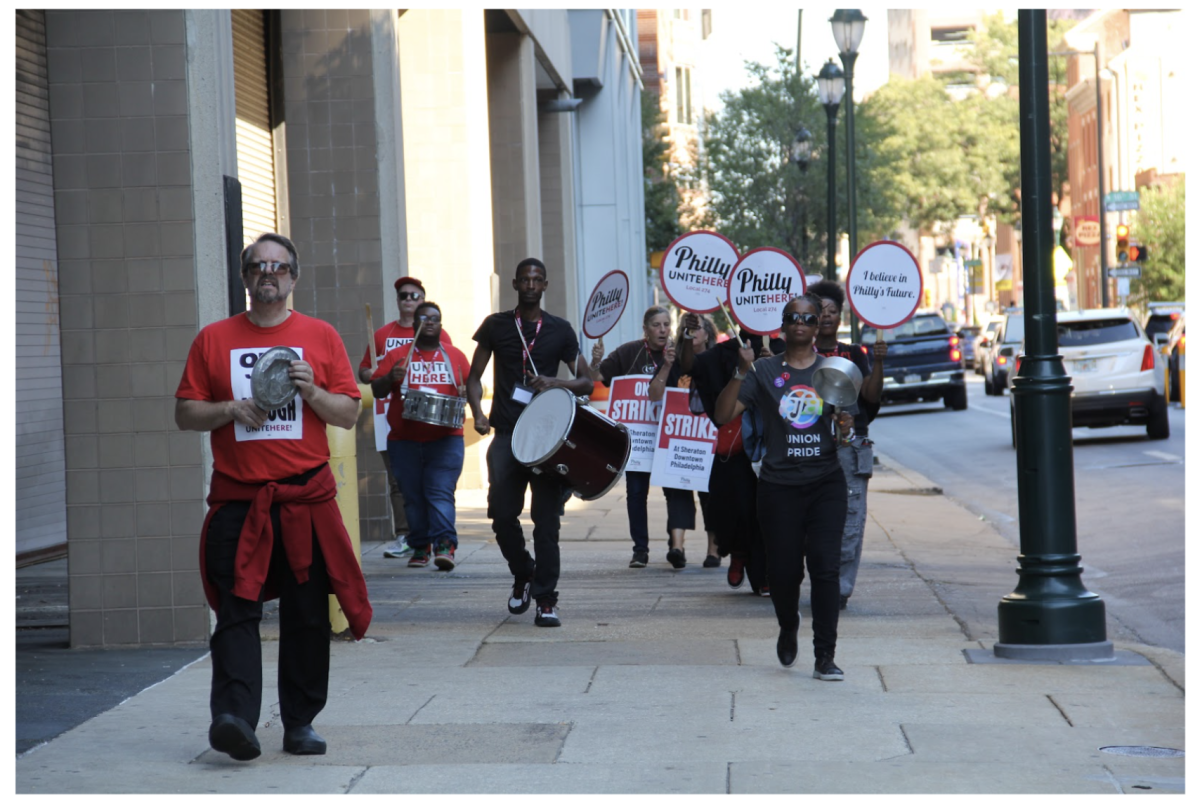
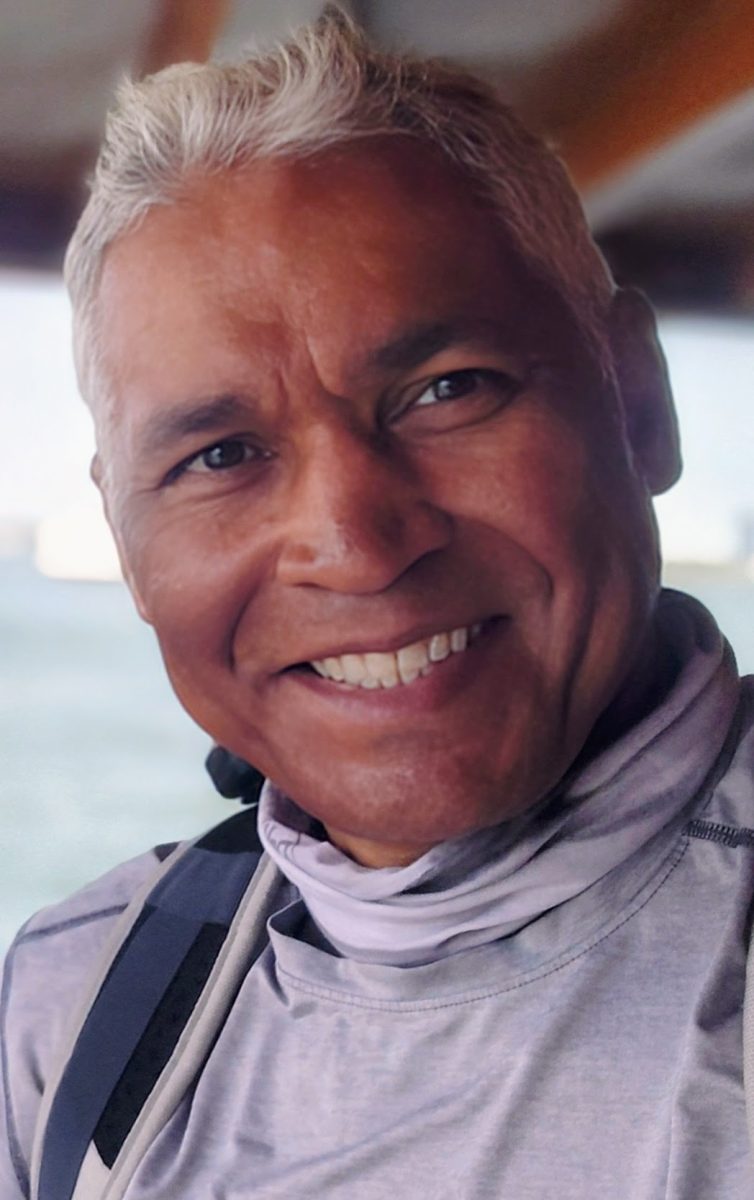







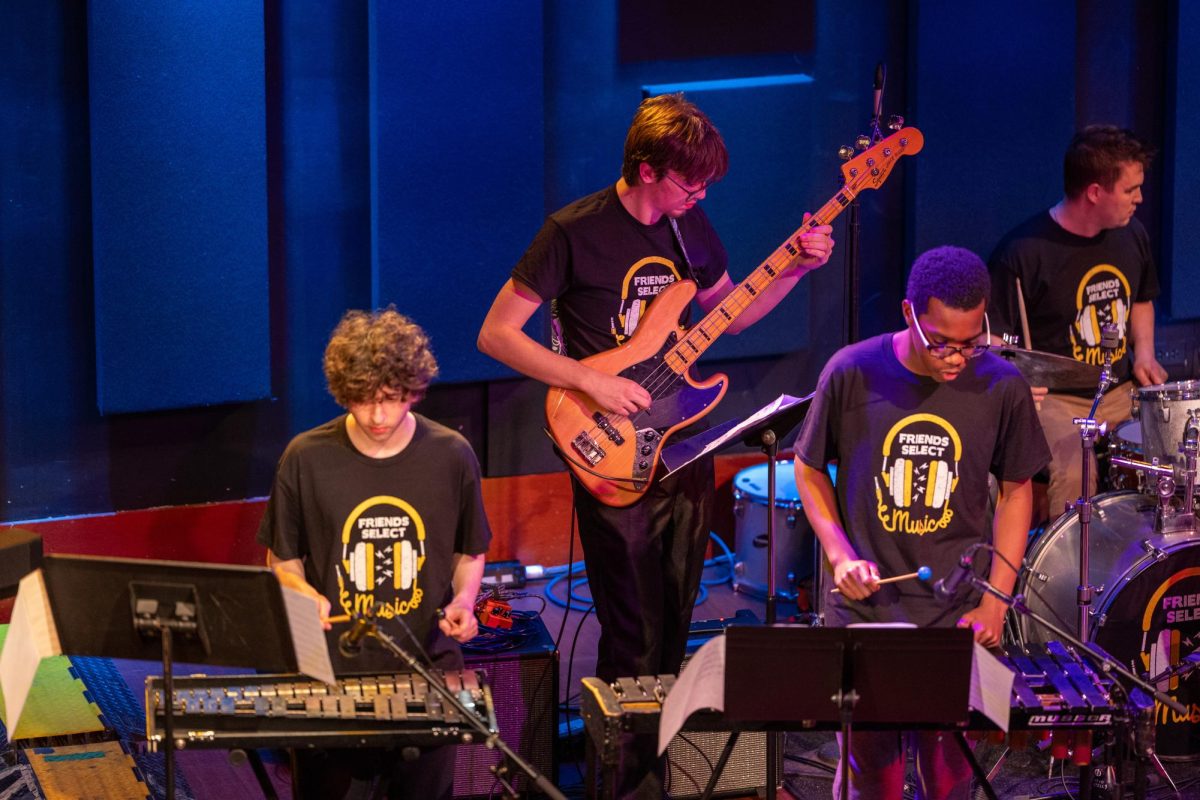
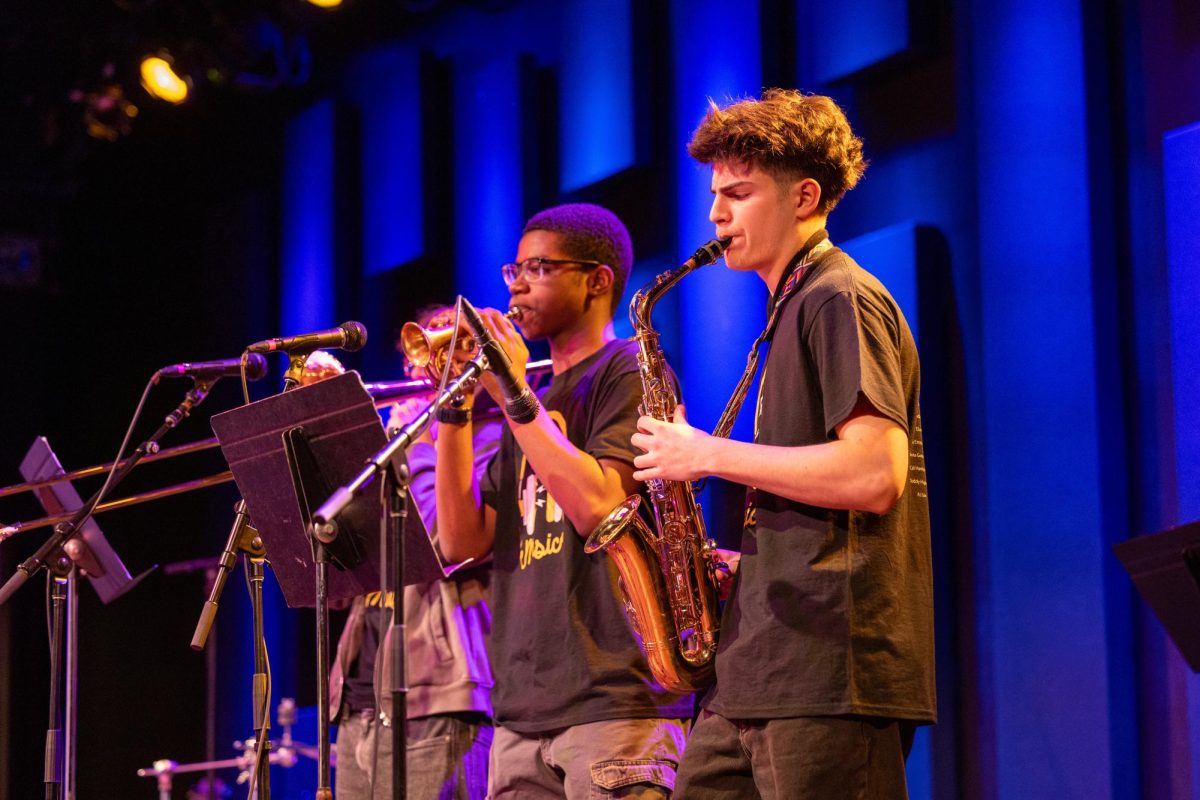
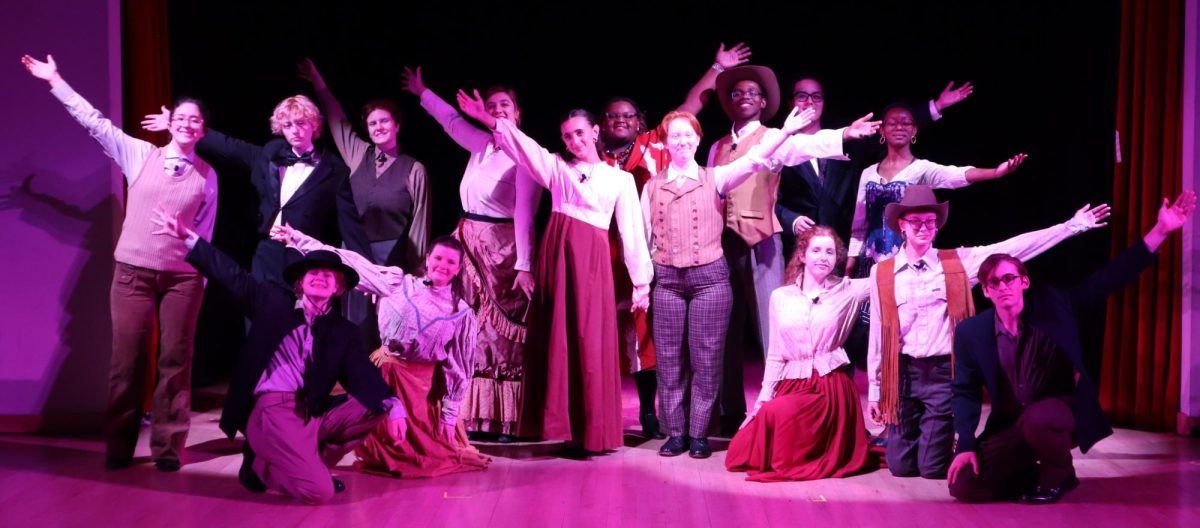


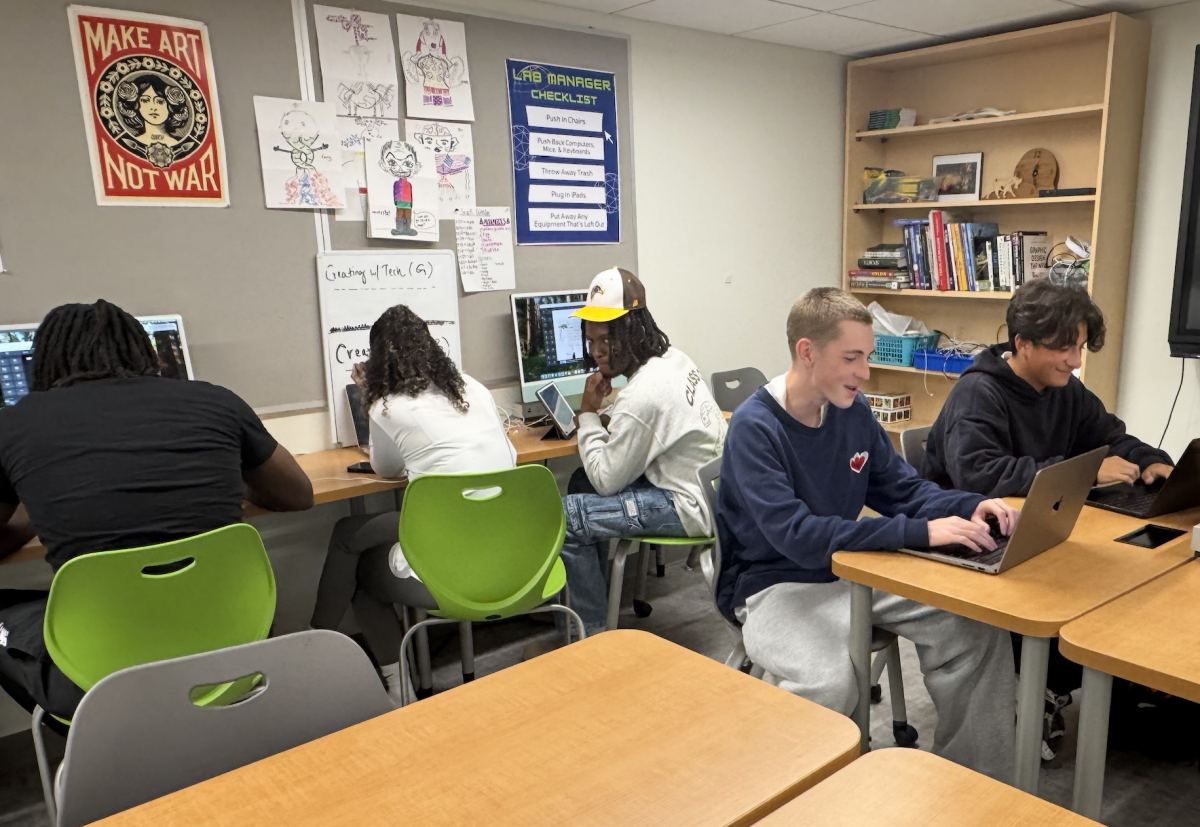
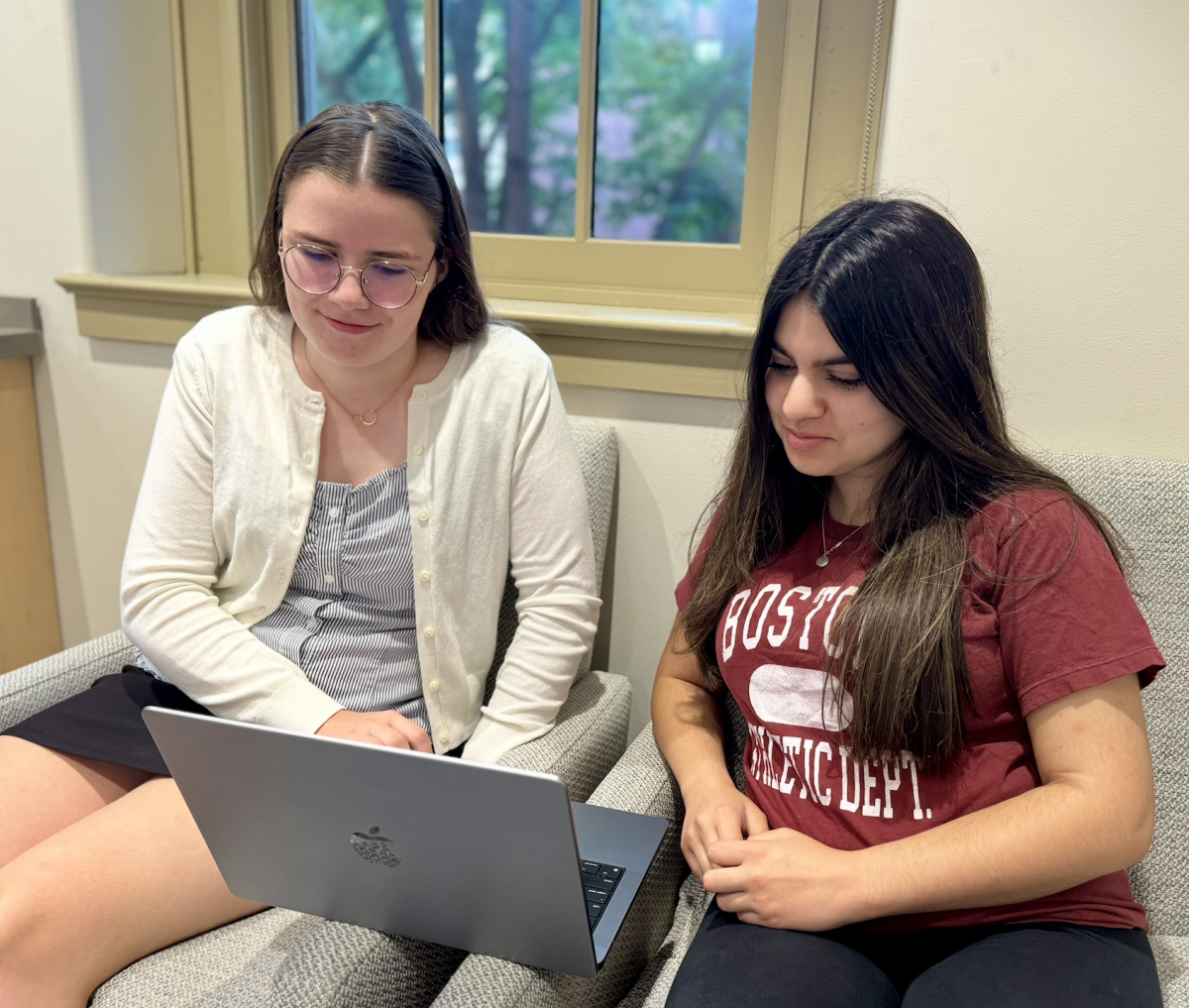
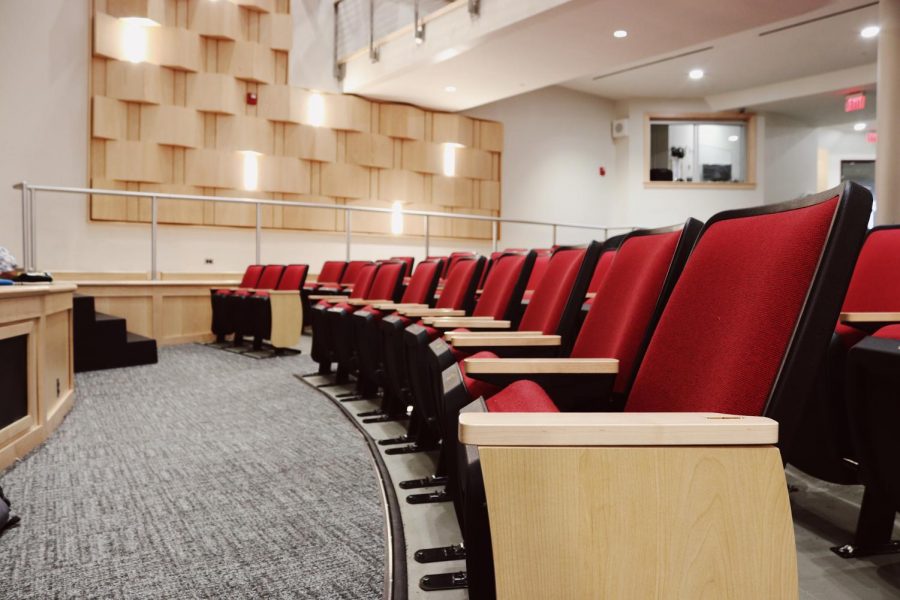
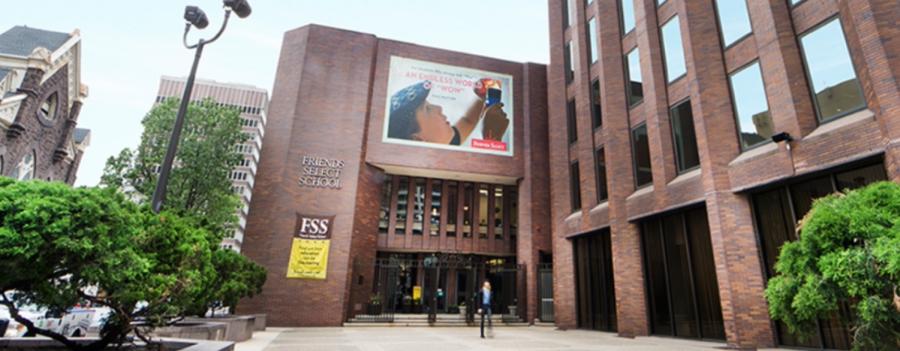

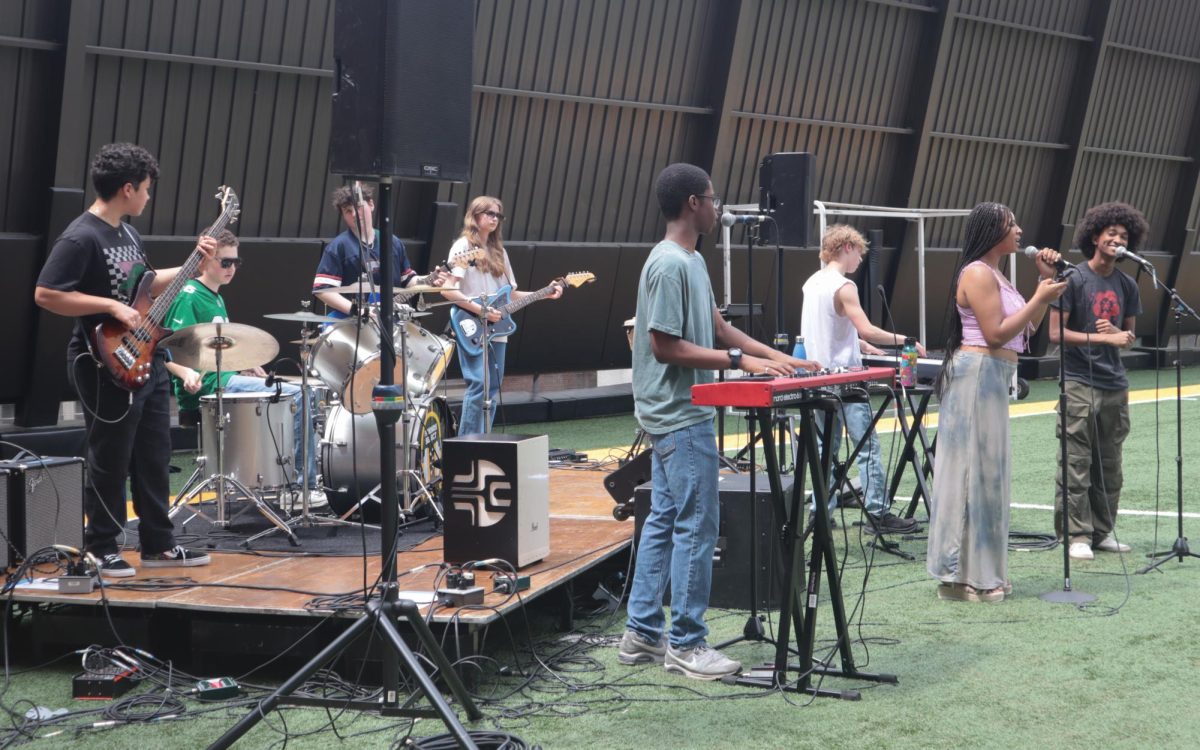







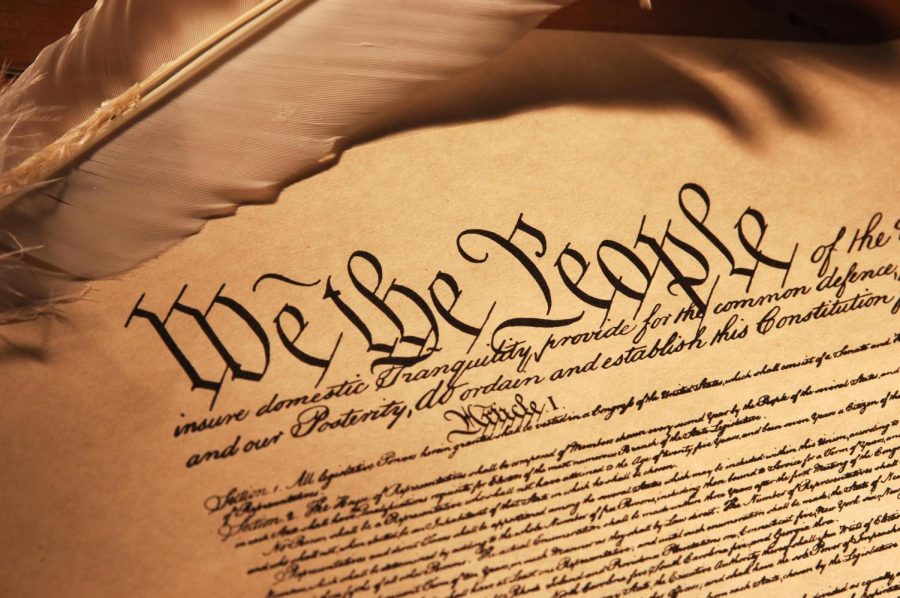
Mark Schneider • Mar 22, 2021 at 11:02 AM
This is a very provocative article. It presents all sides of the analysis of certain inherent conflicts in our legal system and challenges the reader to decide for him/herself – a worthy goal for any journalist.